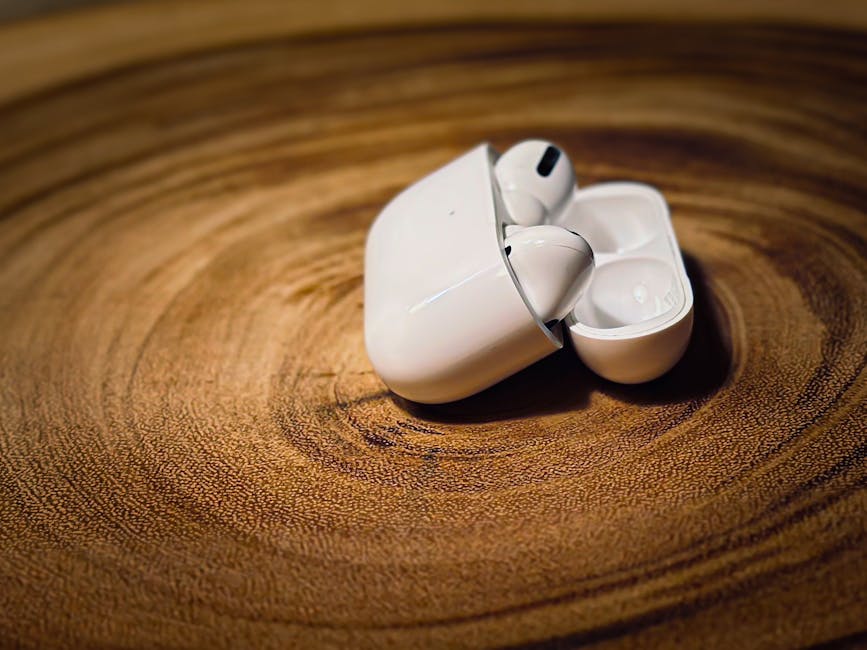
The Neuroscience of Nostalgia’s Healing Power
The Neuroscience of Nostalgia’s Healing Power
Nostalgia, that bittersweet longing for the past, has long been considered a sentimental indulgence—a wistful retreat into memories of simpler times. Yet, emerging research in neuroscience reveals that nostalgia is far more than mere reminiscence; it is a powerful psychological and neurological phenomenon with profound healing effects on the mind and body. By activating specific brain regions, regulating emotions, and fostering resilience, nostalgia serves as an internal balm, soothing stress, alleviating loneliness, and even enhancing well-being. This article explores the intricate neural mechanisms behind nostalgia’s therapeutic influence, demonstrating how our brains transform the past into a source of present comfort and future strength.
The Brain’s Nostalgia Network
Neuroscientific studies using functional magnetic resonance imaging (fMRI) have identified a distinct “nostalgia network” in the brain—a constellation of regions that light up when we recall cherished memories. Key among these are:
- The hippocampus: The seat of memory consolidation, this structure retrieves autobiographical details, reconstructing past experiences with vivid emotional texture.
- The prefrontal cortex (PFC): Responsible for self-reflection and meaning-making, the PFC helps us contextualize nostalgic memories, imbuing them with personal significance.
- The amygdala and insula: These emotion-processing centers infuse nostalgic recollections with warmth and affective richness, generating the characteristic “glow” of nostalgia.
- The ventral striatum and nucleus accumbens: Part of the brain’s reward system, these areas release dopamine when we revisit positive memories, reinforcing feelings of pleasure and contentment.
This neural symphony transforms nostalgic recall into an immersive, emotionally rewarding experience—one that not only comforts but also fortifies mental health.
Nostalgia as an Emotional Regulator
One of nostalgia’s most remarkable functions is its ability to stabilize mood and counteract negative emotions. Studies show that when individuals feel lonely, anxious, or uncertain, nostalgic reflection acts as a psychological buffer:
- Reducing stress: Nostalgia lowers cortisol levels, the hormone associated with stress, by evoking memories of safety and belonging.
- Combating loneliness: By mentally reconnecting with loved ones or meaningful past experiences, nostalgia alleviates feelings of isolation, fostering a sense of social connectedness even in solitude.
- Enhancing self-continuity: Recalling past achievements and pivotal life moments reinforces identity coherence, helping individuals navigate life transitions with greater confidence.
Remarkably, nostalgia doesn’t just dwell on the past—it bridges it with the present, offering emotional equilibrium in turbulent times.
The Restorative Power of Nostalgic Reflection
Beyond momentary comfort, nostalgia has long-term psychological benefits:
- Resilience Building: By reminding individuals of past adversities they’ve overcome, nostalgia strengthens coping mechanisms, fostering grit and perseverance.
- Motivation and Optimism: Positive memories can inspire future-oriented behavior, as the brain draws on past joys to fuel hope and ambition.
- Physical Health Correlations: Some research suggests that nostalgic engagement may even bolster immune function, possibly by reducing stress-related inflammation.
Harnessing Nostalgia for Well-Being
Given its therapeutic potential, how can we intentionally cultivate nostalgia?
- Engage in multisensory triggers: Music, photographs, scents, and familiar places can powerfully evoke nostalgic memories.
- Share stories with others: Recounting cherished experiences strengthens social bonds and amplifies nostalgia’s emotional benefits.
- Reflect mindfully: Journaling or meditation focused on meaningful past events can deepen nostalgic engagement.
Conclusion: The Past as Medicine
Nostalgia is not an escape from reality but a neurological resource—a means by which the mind heals itself. By understanding its neural underpinnings, we can appreciate nostalgia not as mere sentimentality, but as a vital psychological tool for resilience, connection, and emotional restoration. In an era of rapid change and uncertainty, the past, it seems, holds a key to our present well-being.







